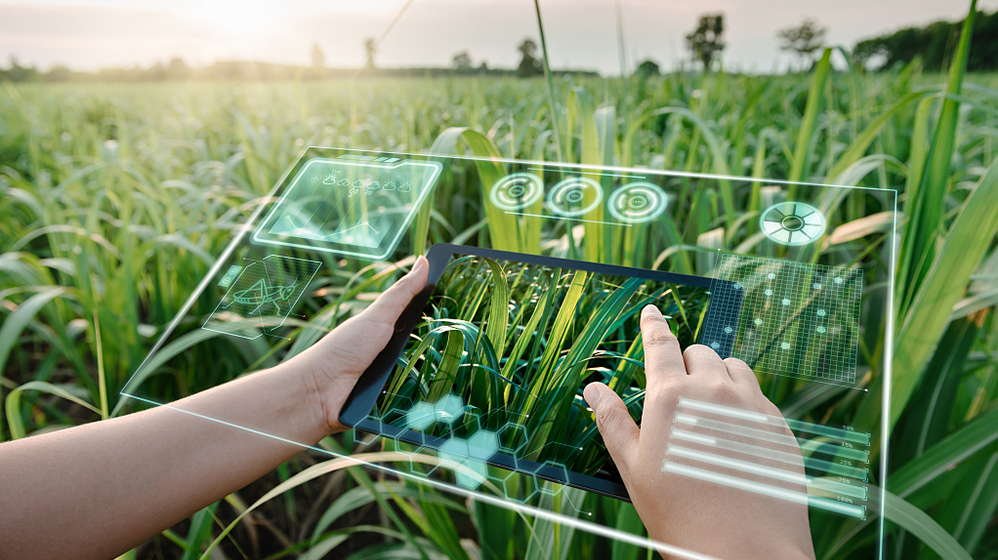As environmental concerns grow worldwide, advanced sensor technologies play a crucial role in monitoring and managing natural resources. Water quality sensors and automatic weather stations (AWS) are important tools for monitoring the environment. They help ensure clean water and provide accurate weather data for many industries.
Water quality sensors are special devices. They measure different physical, chemical, and biological aspects of water in real-time.
The World Health Organization (WHO) says that almost 2 billion people around the world drink water with fecal matter. This causes serious health risks. Continuous water quality monitoring is crucial for preventing pollution and ensuring safe consumption.
pH Level: Indicates the acidity or alkalinity of water, crucial for drinking water and aquatic life.
Dissolved Oxygen (DO): Essential for aquatic organisms; low levels (below 5 mg/L) indicate pollution or poor water quality.
Turbidity: Measures water clarity; high turbidity levels (>5 NTU) suggest contamination.
Conductivity & TDS (Total Dissolved Solids): Indicate the concentration of dissolved salts and minerals in water. WHO recommends a maximum TDS level of 1000 mg/L for drinking water.
Temperature: Affects water chemistry and biological activity; changes of more than 2°C can disrupt ecosystems.
Chemical Contaminants: Detects harmful substances like nitrates, phosphates, and heavy metals, which contribute to water pollution.
Drinking Water Treatment Plants: Continuous monitoring ensures water safety.
Industrial Wastewater Management: Helps industries comply with environmental regulations; industries discharge 80% of untreated wastewater into the environment.
Aquaculture and Fisheries: This ensures good conditions for aquatic life. Oxygen levels below 3 mg/L can be deadly for fish.
Agriculture: Monitors irrigation water quality to enhance crop productivity.
Environmental Monitoring: Detects pollution in rivers, lakes, and oceans, helping reduce contamination sources.
Automatic weather stations (AWS) are sophisticated sensor systems that collect meteorological data for weather forecasting, climate research, and industrial applications. According to the World Meteorological Organization (WMO), over 10,000 AWS operate globally, contributing to accurate weather predictions and disaster management.
Temperature and Humidity Sensors: Measure air temperature and moisture levels; crucial for climate modeling.
Barometric Pressure Sensor: Tracks atmospheric pressure changes for weather forecasting.
Wind Speed and Direction Sensors: Help predict storm movements and climate patterns.
Rainfall Sensor: Records precipitation levels; average global rainfall is around 990 mm per year.
Solar Radiation Sensor: Measures solar energy, crucial for solar power generation and climate change studies.
Meteorology and Climate Research: Provides data for weather prediction and climate studies.
Agriculture: Helps farmers optimize irrigation and crop protection strategies; data-driven farming can increase crop yields by 10-15%.
Disaster Management: Assists in early warning systems for storms, floods, and droughts, potentially saving millions of lives.
Renewable Energy Projects: They check the environment for solar and wind power efficiency. Wind energy output relies on real-time wind speed data.
Aviation and Marine Navigation: Helps keep flights and shipping safe. Global air traffic depends on weather data to avoid delays and turbulence.

The combination of water quality sensors and automatic weather stations enhances environmental management by providing comprehensive data for decision-making. For example:
Hydropower Plants: AWS and water quality sensors help optimize dam operations and water storage.
Urban Smart Cities: Integrated environmental monitoring systems improve water management and air quality.
Coastal and Marine Research: Real-time data supports marine ecosystem conservation and pollution control.
Coda Sensor provides advanced water quality sensors and automatic weather station solutions for real-time environmental monitoring. Their sensors are designed to deliver high-precision data, helping industries, researchers, and governments make informed decisions.
High Accuracy and Sensitivity:Coda Sensor’s water quality sensors find pollutants in very small amounts. This helps detect contamination early.
Robust and Durable Design: Built for long-term outdoor operation, with weather-resistant materials suitable for harsh environments.
Seamless Cloud Integration: Real-time data transmission to cloud platforms enables remote monitoring and alerts.
Customizable Solutions: Whether for smart agriculture, hydropower management, or municipal water treatment, Coda Sensor offers tailored solutions to meet specific monitoring needs.
Water quality sensors and weather stations are essential tools for monitoring the environment today. With data-driven insights, these technologies contribute to a healthier, more sustainable future. Coda Sensor offers advanced solutions. These help industries and governments monitor and manage water resources and climate conditions in real time.
Learn how CODA Sensor solar radiation and PAR se
Discover how real-time weather station data impr
Discover how Automatic Weather Stations (AWS) ar
Contact: Molly
Phone: +86-17775769236
Tel: 86-0731-85117089
Email: molly@codasensor.com
Add: Building S5, Aux Square, Yuelu District, Changsha City, Hunan Province, China
We chat